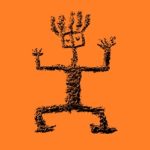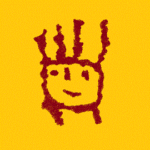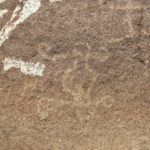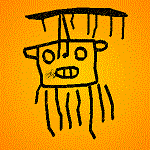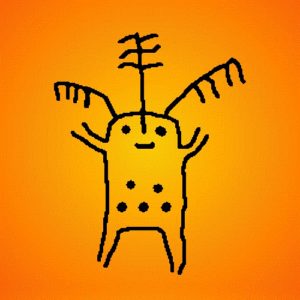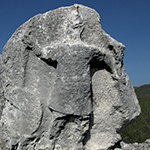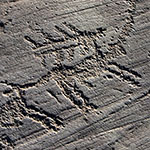 Report describing a hitherto undescribed rock art site ENE of Lima, Peru. Simple petroglyphs of quadrupeds (camelids?) and abstract motifs predominate, but there is at least one interesting zoomorphic image as well.
Report describing a hitherto undescribed rock art site ENE of Lima, Peru. Simple petroglyphs of quadrupeds (camelids?) and abstract motifs predominate, but there is at least one interesting zoomorphic image as well.
Informe que describe un sitio de arte rupestre hasta ahora no descrito ENE de Lima, Perú. Predominan los petroglifos simples de cuadrúpedos (¿camélidos?) y motivos abstractos, pero también hay al menos una imagen zoomorfa interesante.
By Maarten van Hoek and Gustavo Cárdenas
